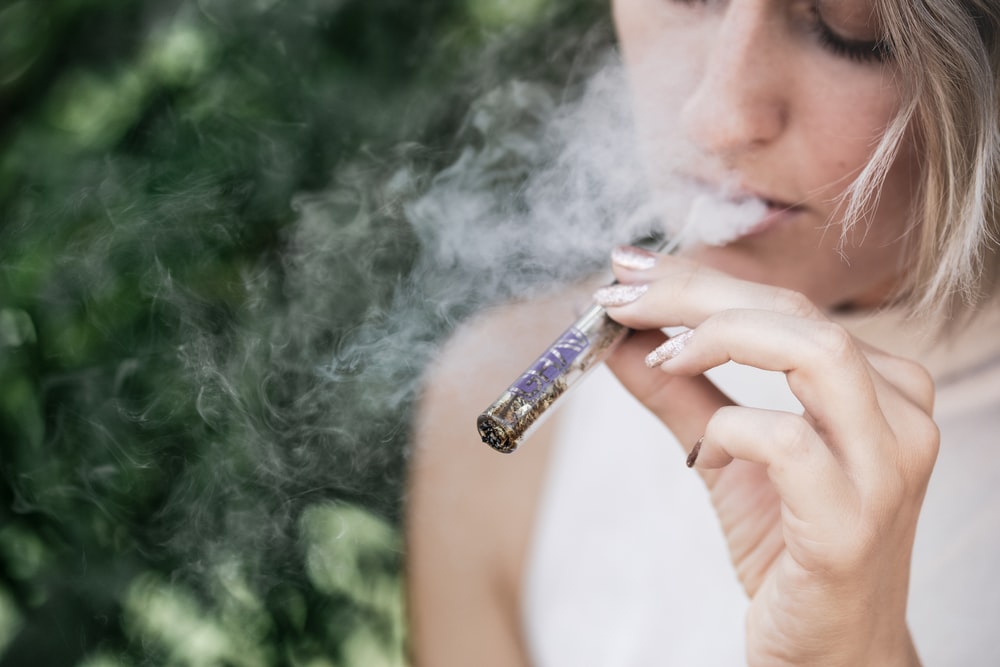According to Statistics Canada, 60% of illicit drug users are aged between 15 and 24. With the legalization of substances such as marijuana and vaping products, more ‘innocent’ drugs have come within easier reach of teenagers. A teenager who starts off with smoking cigarettes and drinking alcohol now has an easier step-up to intoxicating drugs today. Cocaine, heroin and LSD are but a natural progression from the many legal addictions available.
How teenagers get introduced to drugs today
Unfortunately, the usual culprits of peer pressure, social experimentation and self-discovery continue to be the most common pathways to drug and alcohol abuse for teenagers. So how do teenagers get introduced to drugs like ecstasy, heroin, LSD, cocaine and prescription painkillers?
- ‘Innocent’ highs such as cigarette smoking, vaping, alcohol and marijuana leading to experimentation with stronger drugs
- Encouragement by peers to experiment with drugs
- ‘Dares’ and cyber-bullying on social media leading to addiction
- Self-discovering opioids, painkillers and other prescription drugs around the home
Studies have found that over 200,000 students in Ontario have been offered/sold/given drugs at school.
Why drug abuse in teens is rising in Canada
The teenage years are a time of change. They can be a great journey of learning and discovery, but for too many teens it also means experimenting with prohibited substances. Teen drug abuse has shown little sign of abating over the years; one can even say there are greater reasons to experiment with drugs than ever before.
- Lowered threshold – The legalization of marijuana and unrestricted vaping have had a profound impact on perceptions of ‘what is illegal’ and the pressure to switch to much harder drugs.
- Easier step-up – As legal highs have become more potent, the step-up to more dangerous substances in teens has become easier.
- ‘Fear of missing out’ – Facebook, Twitter, Instagram and other forms of social media illicit ‘fears of missing out’ and undue social pressures.
- Bullying at school follows home – Physical bullying has morphed into even more sinister cyber-bullying, causing much greater emotional stress
Nearly 50% of Ontario students admit to using an illicit substance in the past one year.
Read more
Lessons from living with an addict | How common is marijuana addiction | Turning your life around after addiction
Signs of teenage drug abuse
There are a few common signs someone is on drugs signs. A few of these are:
- Falling school grades
- Bloodshot eyes
- Avoiding eye contact
- Behaving secretly
- Smell of smoke on clothing
- Puncture wounds on skin
- Skipping school and returning home late
What should you do if you discover a teen is taking drugs
We have said this before and we will say it again: lashing out and screaming matches will worsen a person’s drug problem. Rather than find a way forward, you may alienate the teenager even more.
First, prepare yourself to be non-judgmental when you broach the subject. If you come across as patronizing or hostile, a teenager will not engage with you. Then try and understand the extent of their drug habit.
Explain to them how you care about them and their future. Making a teenager feel supported, rather than berated, is more likely to be effective.
Drug rehab in Toronto
Don’t know how to talk to a teenager about their drug problem? Schedule a consultation discuss your options. Neworld Medical Detox is a renowned rehab center in Toronto. We help people overcome their addiction and reclaim their lives.

